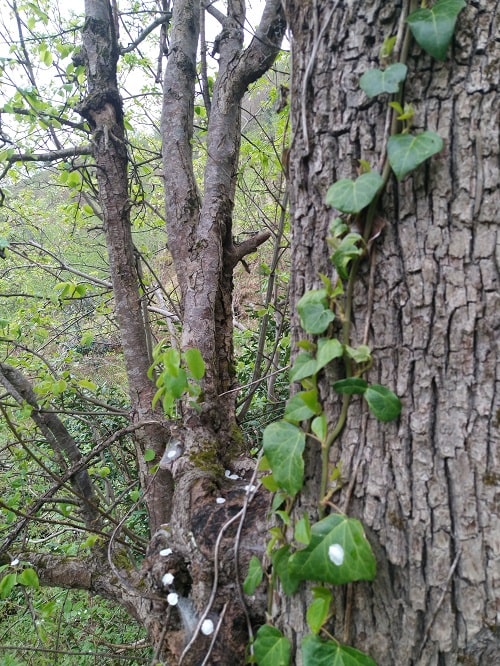Tree pruning in the United States
Tree pruning is the practice of selectively removing branches from a tree to improve its health, shape, and structure. It’s essentially a haircut for your tree! Pruning removes dead, diseased, or damaged branches that can harbor pests and diseases. It also allows for better air circulation within the tree, which helps prevent fungal diseases. Pruning can help control the size and shape of a tree. This is important for keeping trees from growing into power lines, buildings, or other structures. By removing weak or overcrowded branches, pruning can help to develop a stronger and more stable tree structure. This can help to prevent branches from breaking off during storms.
Across most of America, the best time for tree pruning is during the dormant season – late fall to late winter. This is when the trees have shed their leaves and are less susceptible to pest and disease problems from pruning wounds. Here’s a more specific breakdown of the ideal pruning time depending on the type of tree:

- Non-flowering or summer-blooming trees: Prune in late winter.
- Spring-blooming trees: Prune right after they bloom, before new growth begins. Avoid pruning in early spring when diseases are most prevalent.
Exceptions:
- If you have a tree with safety hazards like dead, diseased, or broken branches, it’s okay to prune them anytime for safety reasons.
- Avoid pruning during periods of freezing temperatures or when the tree is stressed (due to drought or disease).
What season are trees pruned in the American states?
In most American states, trees are pruned during the late fall to late winter season, when the trees are dormant. This timing offers several advantages:
- Less susceptible to harm: Trees in their dormant state have less risk of complications from pruning cuts, as they’re not actively using those branches for growth.
- Easier to see branch structure: Without leaves obscuring the view, it’s easier to assess the tree’s structure and determine which branches need removal.
- Faster healing: The spring growth spurt helps the tree heal any pruning wounds made during the dormant season.
However, there can be slight variations depending on the specific type of tree:
- Non-flowering or summer-blooming trees: Ideal pruning time is still late winter.
- Spring-blooming trees: Prune them right after they bloom, before new growth begins. Avoid early spring pruning due to higher disease prevalence.
What season are trees pruned in the American states?
The best season for tree pruning in the United States is between late fall and late winter. This is when trees are dormant and pruning has several important advantages:
Less risk of damage: Pruning cuts on dormant trees has less risk of complications because they are not used for active growth.
Easier to see branch structure: Because the leaves do not obstruct the view, it is easier to assess the structure of the tree and determine which branches need to be removed.
Faster healing: The spring growth spurt helps to heal pruning wounds made during the dormant period.
However, there may be some slight variations depending on the specific tree species:
Trees that do not bloom or trees that bloom in summer: The ideal pruning time for such trees is again in late winter.
Trees that bloom in spring: These trees should be pruned immediately after flowering, before new growth begins. Avoid pruning in early spring as the risk of disease is higher.
Apart from that, if the tree has safety hazards such as dead, diseased or broken branches, it can always be pruned for safety reasons. Also, pruning should be avoided during freezing temperatures or when the tree is stressed (due to drought or disease).





